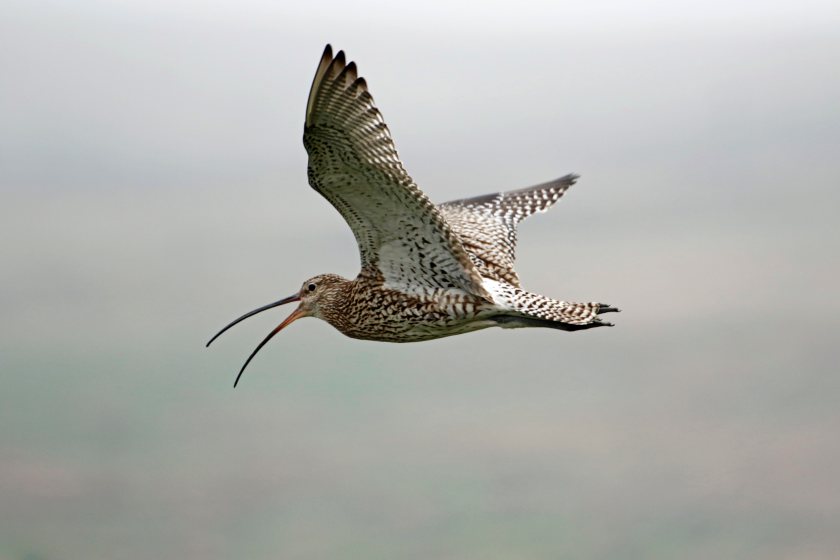
A cutting-edge AI system is giving curlews a fighting chance, transforming how landowners and conservationists detect and protect one of the UK’s fastest-declining bird species.
Researchers have developed and tested a new real-time object detection model—called YOLOv10—which uses AI to accurately identify curlews, their chicks, and 25 other species, including foxes, deer, and rabbits.
The AI was trained using nearly 39,000 images from across the UK, combining a pre-existing conservation image database with fieldwork-specific photography to ensure high recognition accuracy under real-world conditions.
The system, developed by Game & Wildlife Conservation Trust (GWCT) and Liverpool John Moores University, was deployed at 11 monitoring sites across Wales during the 2024 nesting season.
Using mobile networks, AI-enabled cameras transmitted 1,072 images, which were processed instantly and made viewable via a smartphone app.
The system proved capable of distinguishing curlew chicks—despite their excellent camouflage—and filtered out empty images triggered by vegetation movement.
It identified curlew correctly more than 90% of the time, with no false positives recorded.
Traditional methods of curlew monitoring have involved manual inspection of thousands of trail camera images—a process that is both labour-intensive and slow. This often delayed urgent conservation measures.
Katie Appleby, Curlew and People Officer for GWCT Wales and co-author of the study, called the new system a "game changer":
“Curlew is one of the fastest declining bird species in Wales, and as a breeding population it is predicted it will be extinct by 2033 if this trend continues.
“Where historically with traditional trail cameras each image would need to be sifted through manually, we are now able to see in real time what is happening and spot the chicks when they hatch, which is very exciting.
"This allows me to focus time more effectively across the site and better support the birds.”
The AI model was further enhanced through a technique known as data augmentation, which trains it to recognise animals under varying lighting, angles and conditions by adjusting image brightness and orientation.
GWCT Project Officer James Warrington said the technology is already opening up broader possibilities: “This new AI tool has allowed the team to integrate the technology in other areas of our work in Wales.
"It has created opportunities for communities, and public engagement through ‘citizen scientists’, to set up cameras in local environments such as gardens, land and workplaces.”
This inclusive approach helps build both the AI system’s image database and public awareness of biodiversity loss and species protection.
